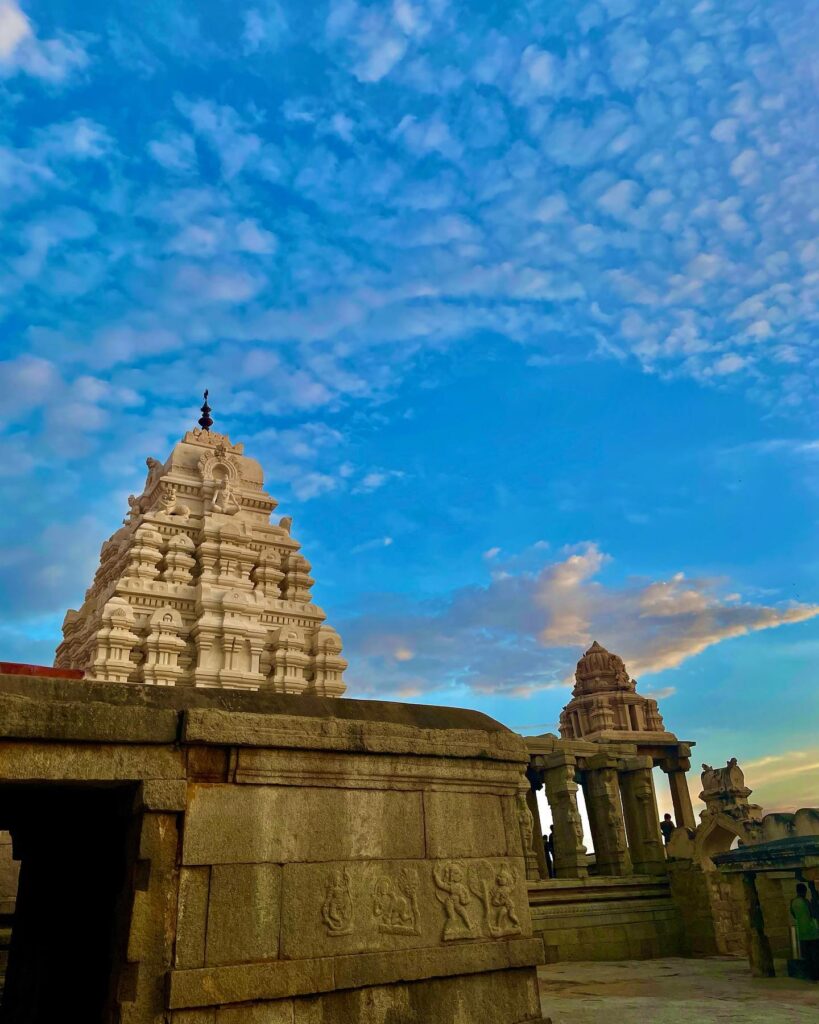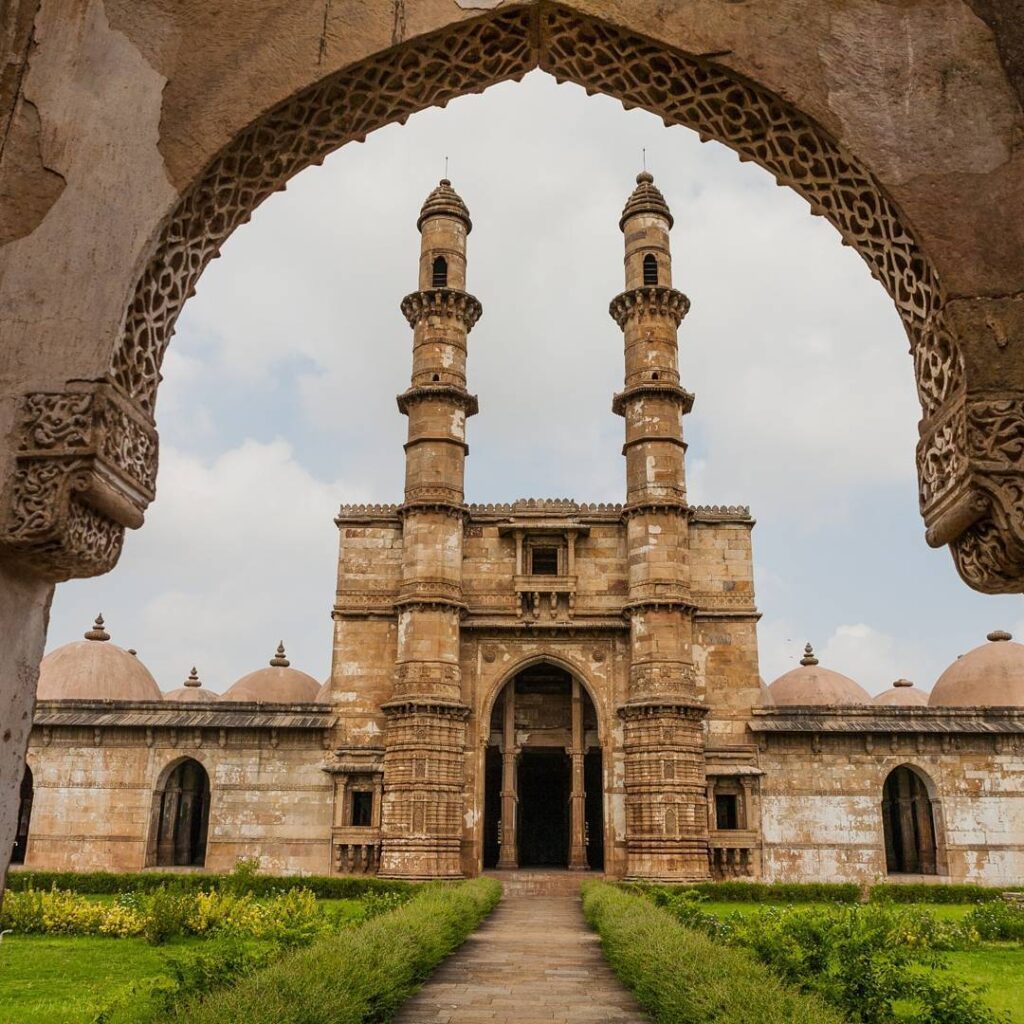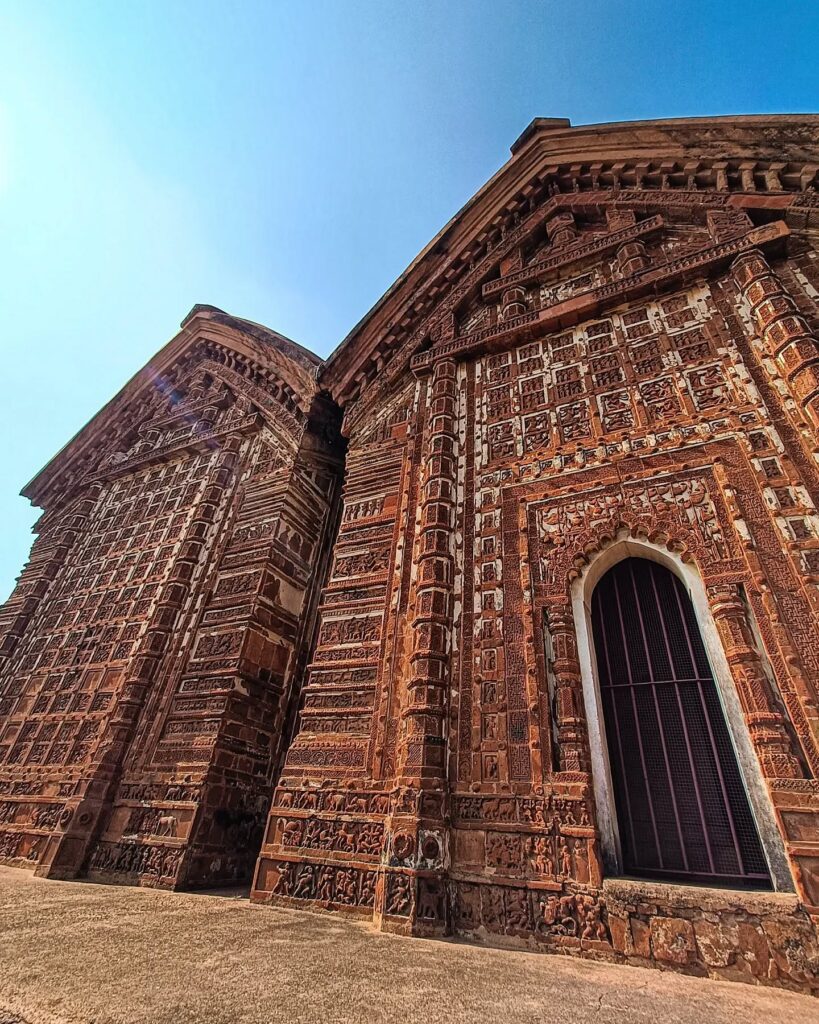“Did you know that India has over 40 UNESCO World Heritage Sites?”
“Yes, but isn’t it all about places like the Taj Mahal or Jaipur’s forts?”
“Not even close! There’s a whole world beyond the famous ones.”
India is a land of unparalleled diversity, where every corner reveals a fragment of its vibrant history. While celebrated landmarks like Qutub Minar or the Ajanta Caves often take the limelight, countless heritage sites remain overshadowed. These lesser-known destinations hold stories just as fascinating, if not more so, and offer a glimpse into India’s layered past.
Let’s set out on a journey to explore some of these overlooked treasures. Each place we’ll discuss is a masterpiece of history, culture, and craftsmanship waiting to be discovered.
 Pin
Pin Image source: Pixabay
Table of Contents
Rani ki Vav, Gujarat
 Pin
Pin Pin
Pin Pin
Pin Pin
PinImage source Instagram by: @india.diaries, @exploringgujarat & @krishnn
Wait, a stepwell can be a UNESCO World Heritage Site?
Yes, Rani ki Vav, or the Queen’s Stepwell, is no ordinary water reservoir. Built in the 11th century by Queen Udayamati in memory of her husband, this stepwell is an architectural and artistic masterpiece.
The intricate carvings on the walls, depicting mythological tales and celestial beings, are breathtaking. Walking down its seven levels, you can feel the brilliance of ancient water management combined with art. Despite its magnificence, this site often gets overlooked for Gujarat’s more popular attractions like the Gir Forest or Somnath Temple.
Halebidu and Belur, Karnataka
 Pin
Pin Pin
Pin Pin
PinImage by Bishnu Sarangi from Pixabay & sasi sutrala from Pixabay
“Have you ever seen sculptures so intricate that they seem alive?”
Halebidu and Belur, two towns in Karnataka, boast some of the finest examples of Hoysala architecture. Built in the 12th century, the temples in these towns are adorned with detailed carvings depicting stories from Hindu mythology, everyday life, and even dance forms. The Halebidu temple, originally called Dwarasamudra, is a striking marvel, while the Chennakeshava Temple in Belur stands as a testament to artistic brilliance.
Surprisingly, despite their grandeur, these sites remain less visited compared to Hampi or Mysore. Walking through these temples feels like stepping into a time machine, where every sculpture narrates a tale.
Bhimbetka Rock Shelters, Madhya Pradesh
 Pin
Pin Pin
Pin Pin
Pin Pin
Pin Pin
PinImage source Instagram by: @sam_shahbazkhan & @thekrazybutterfly
“Did you know there’s a site in India where prehistoric man left his mark over 30,000 years ago?”
The Bhimbetka Rock Shelters, near Bhopal, are among the oldest evidence of human life in India. The paintings here, etched on rock surfaces, depict scenes of hunting, dancing, and community life, offering a glimpse into prehistoric times.
Unlike crowded tourist spots, Bhimbetka remains a tranquil escape where the silence of the caves whispers stories of humanity’s earliest days. Exploring these shelters is not just a visit; it’s a dialogue with ancient history.
Lepakshi, Andhra Pradesh
 Pin
Pin Pin
Pin Pin
Pin Pin
Pin Pin
Pin Pin
Pin Pin
Pin Pin
Pin Pin
PinImage source Instagram by: @indiatraveldiary, @all_about_priyanka_, @mahadevsarkar276, @indian.temples
“Have you heard of the village with a giant monolithic Nandi statue?”
Lepakshi, a small village in Andhra Pradesh, is home to an array of treasures, including the largest monolithic Nandi (bull) in India. The Veerabhadra Temple here is a visual delight, showcasing intricate frescoes and carvings that date back to the Vijayanagara Empire.
What makes Lepakshi even more intriguing is the hanging pillar inside the temple. It doesn’t touch the ground and is a marvel of ancient engineering. Yet, this village remains in the shadow of other South Indian heritage sites.
Champaner-Pavagadh Archaeological Park, Gujarat
 Pin
Pin Pin
Pin Pin
Pin Pin
PinImage source Instagram by: @sandeepachetan
“What’s so special about an archaeological park?”
Champaner-Pavagadh is not just any park; it’s a sprawling UNESCO World Heritage Site that captures centuries of history. From prehistoric remains to 16th-century mosques, this site is a blend of Hindu and Islamic architectural styles.
The Kalika Mata Temple atop Pavagadh Hill is a revered pilgrimage site, while the Jami Masjid reflects the grandeur of Sultanate architecture. Despite its significance, Champaner-Pavagadh remains underexplored, offering a peaceful retreat for those eager to delve into India’s past.
Mandu, Madhya Pradesh
 Pin
Pin Pin
Pin Pin
Pin Pin
Pin Pin
Pin Pin
PinImage source Instagram by: @shubhi_tiwari07, @maurya_mugil @awanderingfirefly
“Have you ever walked through a city of romance and ruins?”
Mandu, often overshadowed by other heritage sites in Madhya Pradesh, is a poetic blend of history and nature. Its architecture speaks of the love story between Baz Bahadur and Rani Roopmati, while its sprawling ruins whisper tales of battles and royal grandeur.
The Jahaz Mahal, appearing like a ship floating on water, and the Roopmati Pavilion, with stunning views of the Narmada Valley, are among Mandu’s highlights. Visiting Mandu feels like stepping into a forgotten chapter of India’s medieval history.
Bishnupur, West Bengal
 Pin
Pin Pin
Pin Pin
Pin Pin
Pin Pin
PinImage source Instagram by: @roaming_rudy, @ig_magician_, @oindrila_dev, @pinkfluencerr
“Terracotta temples? Now that’s something different!”
Bishnupur, a small town in West Bengal, is famous for its terracotta temples built during the reign of the Malla kings. The craftsmanship of these temples, such as Rasmancha and Jor Bangla, is a testament to Bengal’s rich cultural heritage.
Despite their uniqueness, these temples remain underappreciated compared to Kolkata’s colonial landmarks. Bishnupur is a hidden gem for art enthusiasts and history lovers alike.
Chettinad, Tamil Nadu
 Pin
Pin Pin
Pin Pin
Pin Pin
Pin Pin
PinImage source Instagram by: @sunelkoti, @tamilnadu_explorers, @thekrazybutterfly
“Did you know that a region in Tamil Nadu is famous for its palatial mansions?”
Chettinad, known for its unique cuisine, is also home to stunning mansions built by the Chettiar community. These mansions, made of imported marble and Burmese teak, reflect the opulence of their time.
Walking through Chettinad feels like a journey through a bygone era of grandeur and elegance. Yet, it remains an underrated heritage destination compared to Tamil Nadu’s temples.
Unakoti, Tripura
 Pin
Pin Pin
PinImage source Instagram by: @nisargbehera
“Carved hillsides? Tell me more!”
Unakoti, a lesser-known site in Tripura, is a unique open-air gallery of rock carvings. These carvings, believed to date back to the 7th-9th centuries, depict Hindu deities like Shiva and Ganesha.
Legends say these sculptures were created overnight, adding an air of mystery to the site. Despite its fascinating history, Unakoti is often overshadowed by India’s more famous heritage sites.
Ziro, Arunachal Pradesh
 Pin
Pin Pin
Pin Pin
Pin Pin
Pin Pin
Pin Pin
Pin Pin
PinImage source Instagram by: @the_artistic_hands
“Isn’t Ziro known for its music festival?”
True, but Ziro is more than just music. This picturesque valley is home to the Apatani tribe, known for their sustainable farming practices and unique traditions. The ancient cultural landscape of Ziro, with its terrace farms and bamboo houses, offers a glimpse into a way of life deeply connected to nature.
While Ziro is gaining popularity among backpackers, its heritage aspect remains relatively undiscovered.
Why Explore Lesser-Known Heritage Sites?
Sure, but lesser-known heritage sites have a charm of their own. They are less crowded, allowing for a more immersive experience. You get to connect deeply with history, untouched landscapes, and local cultures.
Exploring these sites also supports local communities, helping preserve their traditions and stories. Plus, the thrill of discovering something off the beaten path is unparalleled.
India is like a book with endless chapters. The well-known landmarks are just the highlights, but the lesser-known heritage sites are where the real stories unfold. So the next time you plan a trip, why not take the road less traveled?
Who knows, you might stumble upon a place that leaves you speechless. Because in India, history doesn’t just live in museums—it thrives in every corner waiting for someone curious enough to find it.
“Are you ready to explore?”
































